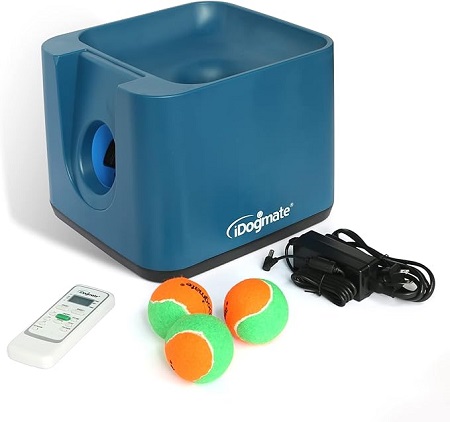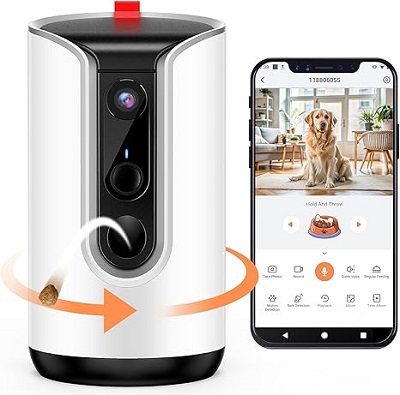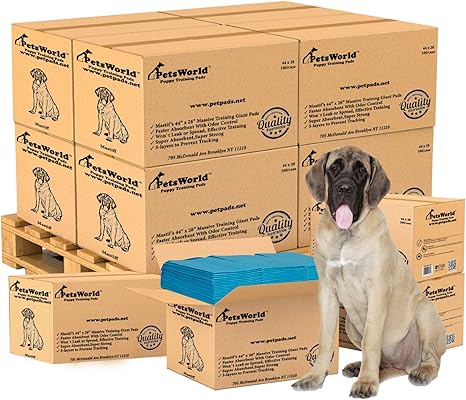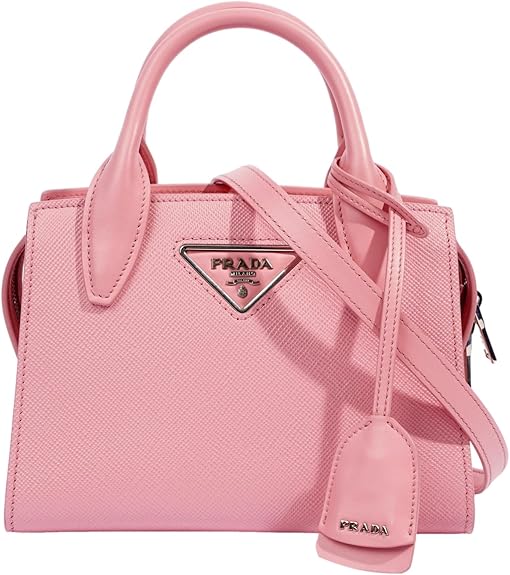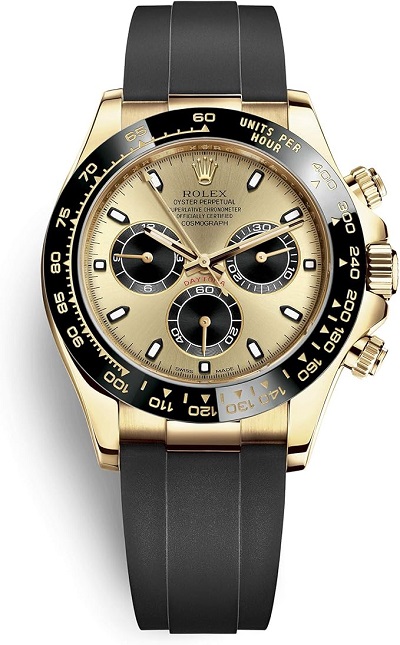Puppy Grooming: How Often Should You Bathe Your New Puppy
Introduction: Why Puppy Grooming Matters
- Start with an emotional touch—describe the joy of bringing home a new puppy and the importance of keeping them clean and healthy.
- Briefly introduce what the article covers: grooming benefits, how often to bathe, and tips for safe and effective puppy care.
Section 1: Understanding Your Puppy’s Grooming Needs
- Explain that grooming isn't just about looks but also about health and hygiene.
- Include a fun fact about how a puppy’s coat develops over time and its impact on bathing needs.
Section 2: How Often Should You Bathe Your Puppy
- General Guidelines: Mention the typical range (once every 2-4 weeks) for most puppies.
-
Factors to Consider:
- Breed and coat type (e.g., long-haired vs. short-haired).
- Skin sensitivity and any allergies.
- Activity level (outdoor vs. indoor puppies).
- Odor or visible dirt.
- Add a caution about over-bathing leading to dry skin or irritation.
Section 3: Preparing for the Bath
- Supplies You’ll Need: Puppy-specific shampoo, towels, a soft brush, and a non-slip mat.
- Choosing the Right Shampoo: Emphasize using pH-balanced and gentle products for puppies.
- Setting Up a Calm Environment: Tips to reduce anxiety, like playing soothing music or offering treats.
Section 4: Step-by-Step Bathing Process
Essentials for Your Newly Adopted Pet
Welcoming a shelter pet into your life is a beautiful journey. Here are some handpicked items to help your new friend feel safe, loved, and right at home:
- Pre-Bath Prep: Brush the coat to remove tangles and loose fur.
-
Bathing Steps:
- Use lukewarm water.
- Wet the puppy gently, avoiding the head.
- Apply shampoo and lather, focusing on the body.
- Rinse thoroughly to avoid residue.
-
Post-Bath Care:
- Pat dry with a towel.
- Use a hairdryer on a low, cool setting for puppies with thick coats.
- Brush again to prevent matting.
Section 5: When Not to Bathe Your Puppy
- Discuss situations when bathing might not be safe, such as after vaccinations or when the puppy is ill.
- Offer alternatives like grooming wipes or spot cleaning.
Section 6: Building a Grooming Routine
- Highlight other grooming tasks like nail trimming, ear cleaning, and brushing.
- Suggest creating a grooming schedule to keep things organized and stress-free.
Conclusion: Keeping Your Puppy Healthy and Happy
- Summarize the importance of tailoring grooming practices to your puppy's specific needs.
- Encourage readers to enjoy the bonding moments that grooming offers.
- End with a call-to-action: “Have tips of your own Share them in the comments below!”
Affiliate Products
We may earn a small commission when you shop through our links — it helps us keep sharing love and care for every dog out there, at no extra cost to you.
Up to 75% Discount
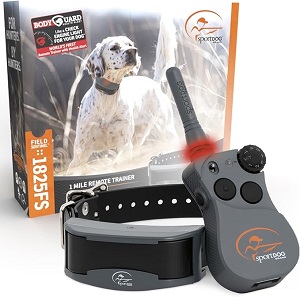
Dog Collar with Health Monitoring
BUY NOW »
Up to 55% Discount
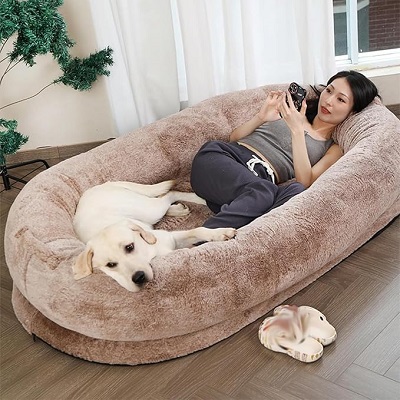
Luxury Faux Furhuge Napping Bed
BUY NOW »
